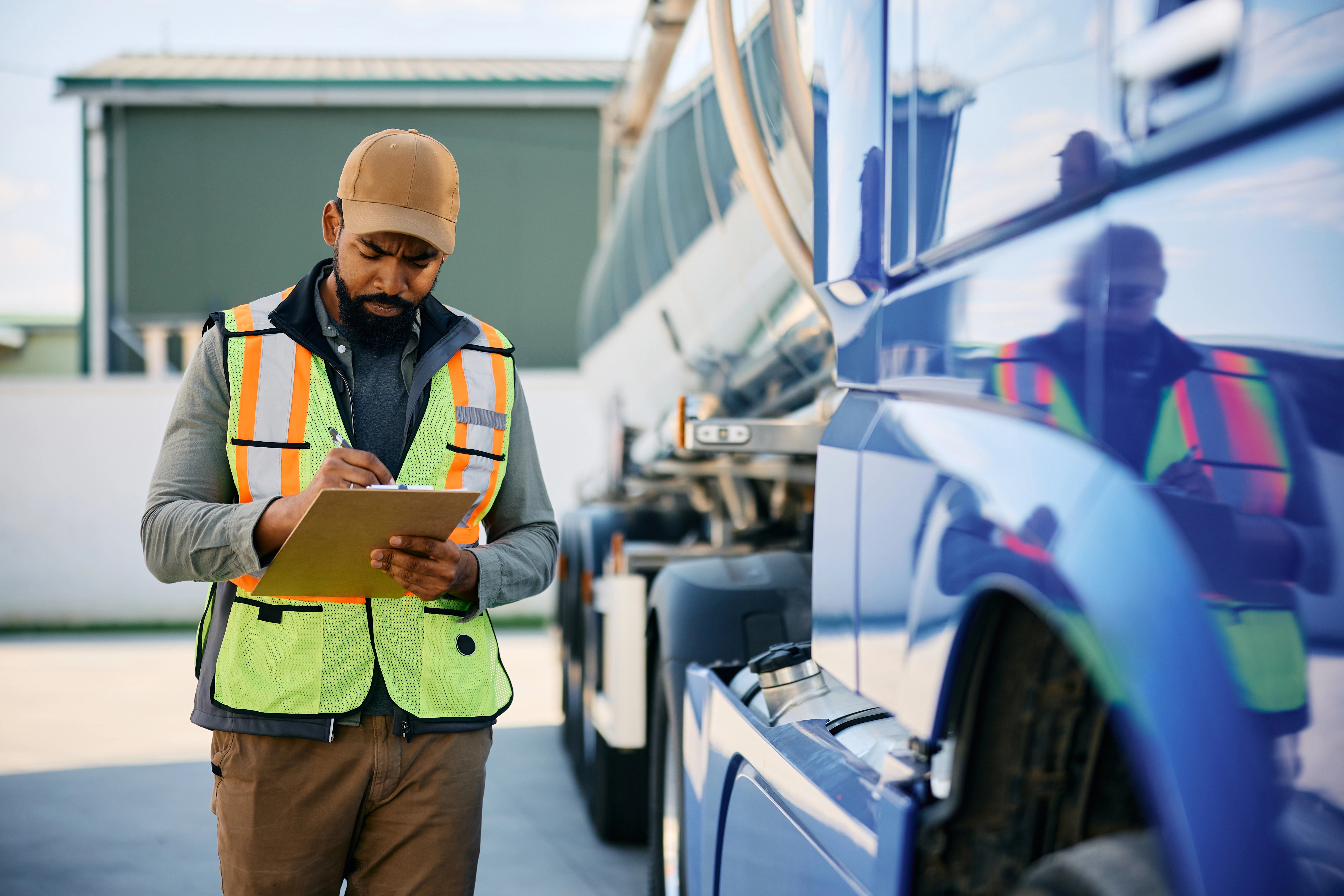Cargo Securement in Van Trailers

When you think of cargo securement, images of loads strapped to flatbeds probably come first to mind. However, cargo securement within van trailers is important as well.
According to the ATA, 11.8 billion tons of freight moved is each year in the U.S., and a large percentage of that is hauled by vans. Although van trailers offer some inherent cargo securement from their sidewall, bulkhead, floor and anchor points, these alone will not prevent a load from shifting, moving and or falling over during transport. Improperly loaded or un-secured loads have resulted in crashes causing fatalities, upset and damaged equipment and cargo, citations, and insurance claims.
Van trailers are required to have proper cargo securement per Federal Motor Carrier Safety Administration (FMCSA) regulations. Also, according to the North American Cargo Securement Standard, “all cargo must be contained, immobilized, or secured.”
Some methods of deterring cargo movement include:
- Load locks or jack bars placed against trailers walls and tightened
- Dunnage air bags filled and placed between items or walls
- Friction mats on which cargo can be placed to reduce shifting
- E-tracks in sidewalls used in conjunction with ratchet straps
- Chains and binders when applicable
And whenever possible, when loading a van, work with the shipper to place heavier items on the bottom and lighter items on top.
If your fleet is looking to provide continued driver training, cargo securement for the type of cargo you haul is often a welcome subject generating good discussion. It is important that all drivers in your fleet are trained and familiar with best practices in load securement, including not just knowledge in load securement alone but also having the correct securement items and knowing how to use them. They also need to understand that they have responsibility when they pick up a pre-loaded trailer with a security seal already in place.
*American Trucking Association (ATA)
An insurance company that cares about you and insuring the things you wish to be insured.
Get a Quote> Find an Agent>

